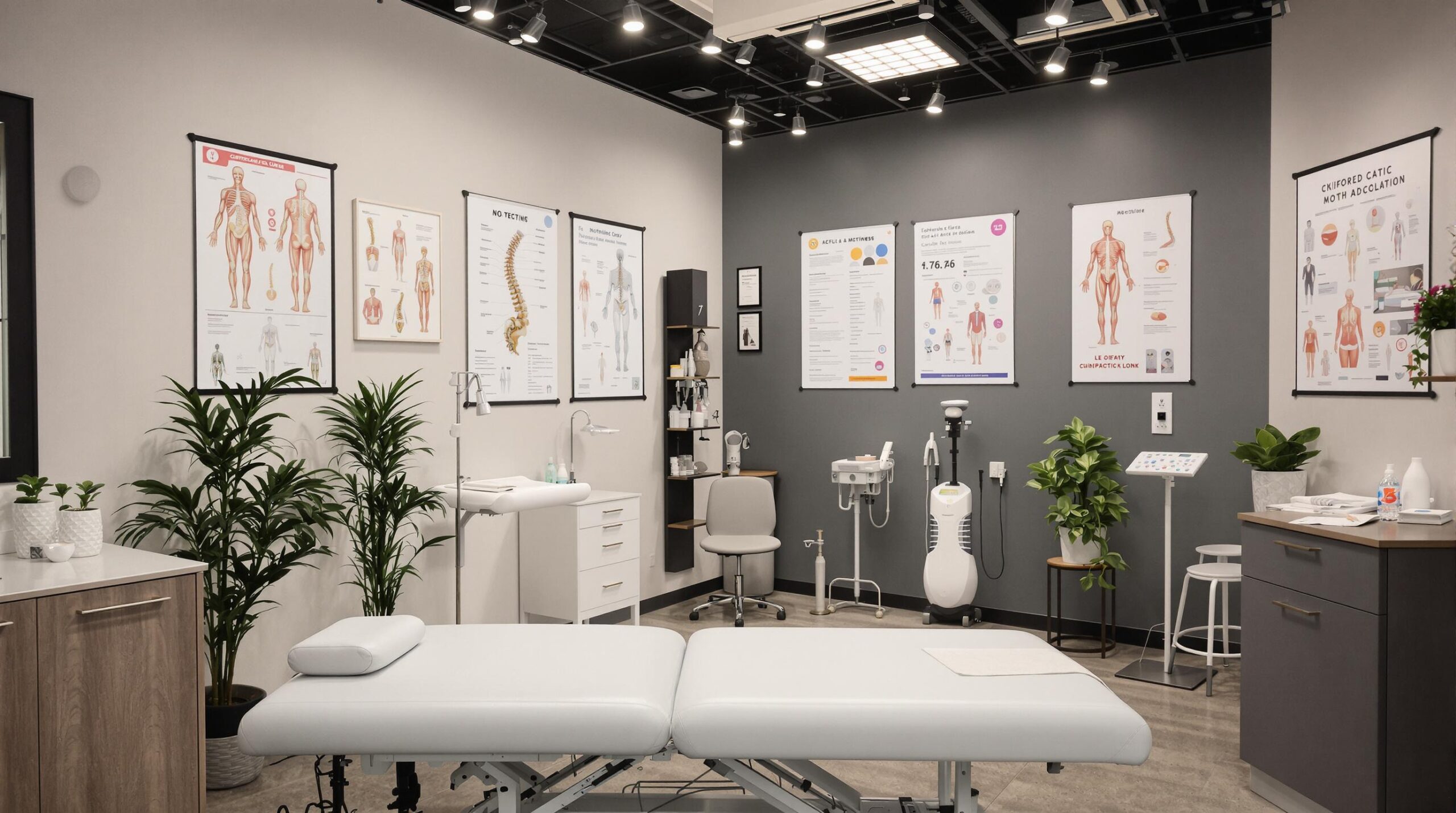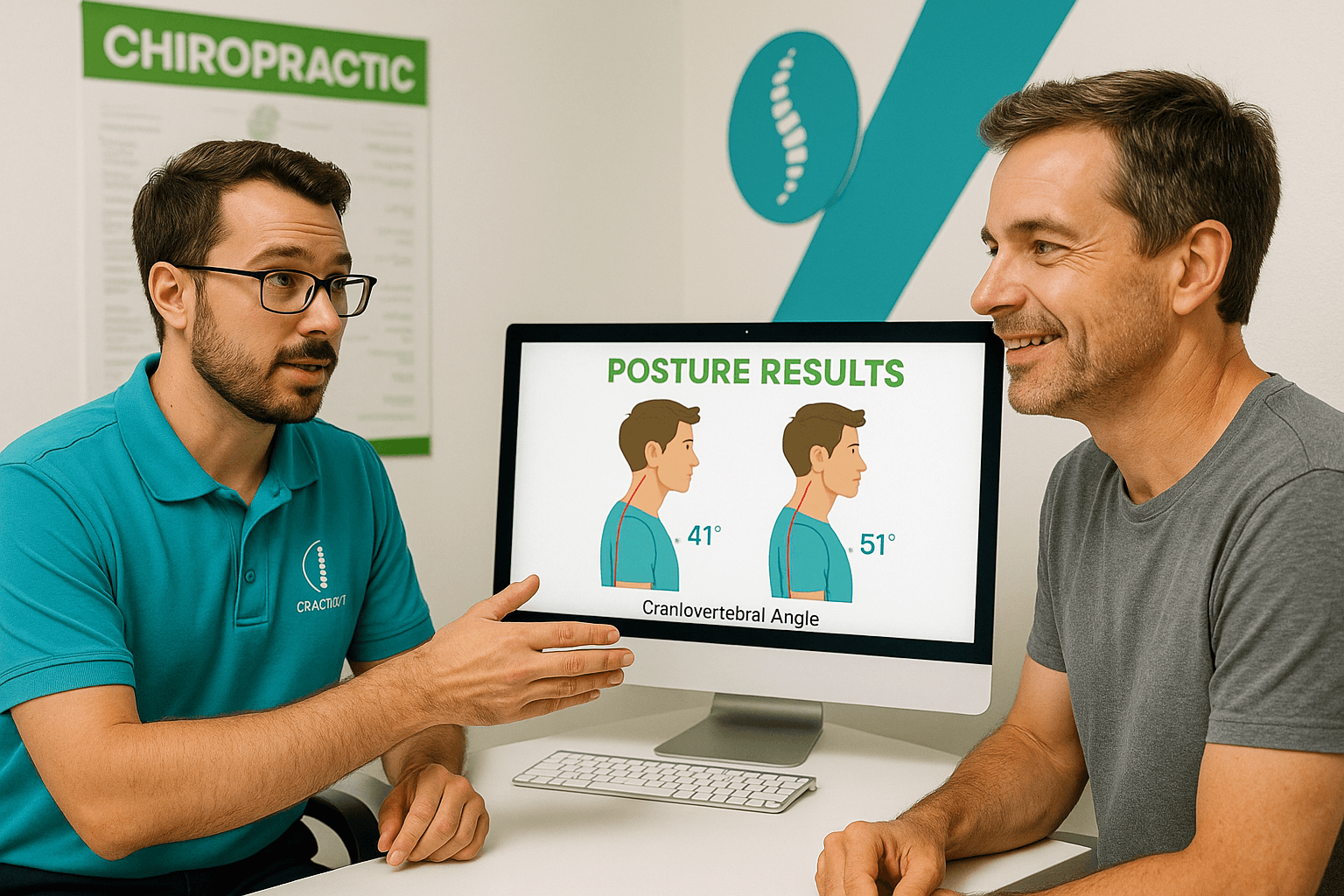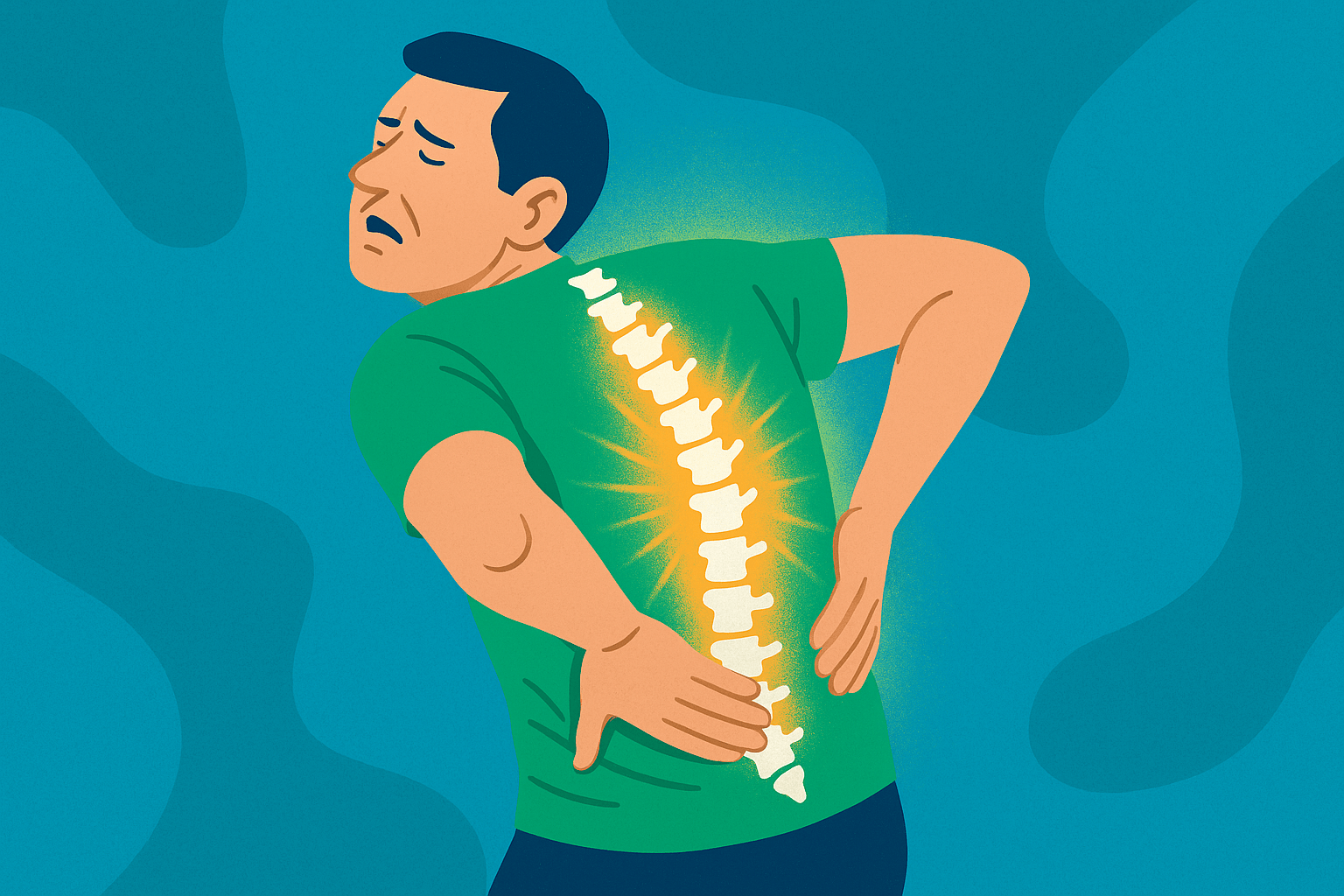Posture isn’t just about standing tall — it’s a key factor in how efficiently your body moves, especially during repetitive, high-impact activities like running. Whether you’re a weekend jogger or a seasoned marathoner, poor posture can limit performance, lead to overuse injuries, and prevent you from reaching your full potential. In this guide, we break down why posture matters for runners and how to optimize it.
Jump to:
TLDR – Quick Guide
- Improves running efficiency and stride alignment
- Reduces risk of common running injuries
- Enhances breathing and oxygen delivery
- Promotes core engagement and stability
- Supports faster recovery and better endurance
The Link Between Posture and Running Performance
Why Form Follows Function
Your body’s alignment determines how force is transferred through each stride. When posture breaks down, compensation patterns emerge — hips may rotate, knees collapse inward, or the head may tilt forward. These changes can decrease stride efficiency, slow pace, and increase joint stress.
The Chain Reaction of Poor Posture
A forward head, rounded shoulders, or tilted pelvis affects the biomechanics of running. Each misalignment sends shock waves through the kinetic chain, placing unnecessary stress on the spine, hips, knees, and feet.
Top Benefits of Good Posture for Runners
1. Injury Prevention
Proper alignment minimizes impact-related stress on joints, ligaments, and tendons. Runners with poor posture are more prone to shin splints, plantar fasciitis, IT band syndrome, and lower back pain.
Why it matters: Small postural imbalances can compound into long-term injuries if left uncorrected.
2. Improved Running Efficiency
When the body is aligned, energy transfers more effectively from the ground up. You waste less effort stabilizing your torso or compensating for imbalance, allowing more energy to be directed into forward motion.
Why it matters: Better posture = better stride economy and faster pace over time.
3. Enhanced Breathing Capacity
A collapsed chest and rounded shoulders restrict lung expansion. Standing tall with a neutral spine and open chest improves diaphragmatic breathing, oxygen delivery, and stamina.
Why it matters: Oxygen is fuel — posture determines how much of it you get.
4. Greater Core Engagement
Posture influences core activation. Slouching weakens the abdominal connection, making you more dependent on secondary muscles like the lower back, which tire quickly.
Why it matters: A strong, aligned core reduces fatigue and helps maintain form over long distances.
5. Faster Recovery and Longevity
Correct posture reduces chronic tension in the muscles and joints. This allows your body to recover faster after runs and maintain better overall movement quality.
Why it matters: Efficient recovery means you can train harder, more often, with less risk of burnout.
Posture Tips for Runners
Before Your Run
- Perform dynamic warm-ups that include arm circles, trunk rotations, and hip mobility drills
- Do a quick posture check: ears over shoulders, shoulders over hips, pelvis neutral
During Your Run
- Keep your head stacked over your spine — not jutting forward
- Relax your shoulders and avoid clenching your fists
- Engage your core to support a tall, upright posture
- Avoid overstriding; let your foot land under your body, not in front of it
After Your Run
- Stretch your hip flexors, chest, hamstrings, and calves
- Use a foam roller to release tension in the muscles around the hips, quads, hamstrings, calves and the muscles at the front of the shin. Do not foam roller your spine. Paradoxically, it can make your posture worse!
- Consider periodic posture assessments from a chiropractor or running coach
Key Takeaways
- Good posture supports performance, breathing, and injury prevention in runners
- Poor posture disrupts stride efficiency and overworks compensating muscles
- Simple adjustments to form and awareness can make a significant difference
- Core strength, mobility, and spinal alignment are essential for long-term running health
- Chiropractic care can play a key role in optimizing posture for runners of all levels
FAQs
1. How does poor posture affect running?
It alters stride mechanics, increases impact on joints, and reduces energy efficiency — all of which raise the risk of injury.
2. Can improving posture help me run faster?
Yes. Better alignment leads to improved stride economy, meaning you can run faster with less effort.
3. Is it normal to feel tightness in the shoulders while running?
No. Shoulder tension often signals poor posture or overcompensation. Try relaxing your arms and opening your chest.
4. Should I see a chiropractor if I’m a runner?
Absolutely. A chiropractor can assess misalignments and improve overall body mechanics to enhance performance and reduce injury risk.
5. How often should I check my running posture?
Ideally, include posture checks in your warm-up and periodically during longer runs. Habitual awareness is key.






